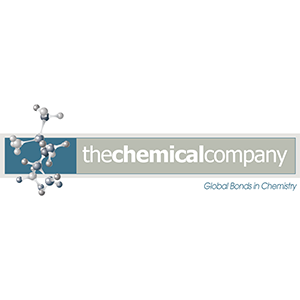TCC’s Melamine is a white, crystalline, organic base chemical compound that is a trimer of cyanamide, with a 1,3,5-triazine skeleton. Like cyanamide, it contains 66% nitrogen by mass and if mixed with resins, has fire retardant properties due to its release of nitrogen gas when burned or charred.
Melamine also has several other industrial uses. It is a metabolite of cyromazine, a pesticide. Melamine is formed in the body of mammals that have ingested cyromazine. It has been reported that cyromazine can also be converted to melamine in plants.
Melamine combines with cyanuric acid and related compounds to form melamine cyanurate and related crystalline structures.
Melamine is combined with formaldehyde to produce melamine resin, a durable thermosetting plastic used in Formica, and melamine foam, a polymeric cleaning product. Melamine also enters the fabrication of melamine poly-sulfonate used as a superplasticizer for making high-resistance concrete. Sulfonated melamine formaldehyde (SMF) is a polymer used as a cement admixture to reduce the water content in concrete while increasing the fluidity and the workability of the mix during its handling and pouring. It results in concrete with a lower porosity and a higher mechanical strength, exhibiting an improved resistance to aggressive environments and a longer lifetime.
Melamine is described as being harmful if swallowed, inhaled or absorbed through the skin. Chronic exposure may cause cancer or reproductive damage. It is also an eye, skin and respiratory irritant. However, the short-term lethal dose is on par with common table salt.
Applications
Melamine is often combined with formaldehyde to produce melamine resin, a synthetic polymer that is fire resistant and heat tolerant. The resin is a versatile material with a highly stable structure. Its uses include whiteboards, floor tiles, kitchenware, fire retardant fabrics and commercial filters.
Foam products also can be made of melamine. The foam has a distinctive structure composed of stacked bubble shapes that are extremely hard and can easily clean a wide variety of substances. Melamine foam is marketed under a variety of commercial names, including several sponge-like products that are known for removing scuffs and dirt from a wide range of surfaces.
Melamine plays a role in a wide range of flame-resistant materials. These include textiles that are used in upholstery and the uniforms worn by firemen. Melamine is also used in the manufacture of thermal liners, heat resistant gloves, and aprons.
Some filters are made out of melamine. The material is porous and will allow substances to pass through, but can be used to filter out particles of a particular size. These filters are capable of handling a high-capacity, can be used in hot environments, and are extremely efficient.
Melamine also enters the fabrication of melamine poly-sulfonate used as a superplasticizer for making high-resistance concrete. Sulfonated melamine formaldehyde (SMF) is a polymer used as a cement admixture to reduce the water content in concrete while increasing the fluidity and the workability of the mix during its handling and pouring. It results in concrete with a lower porosity and a higher mechanical strength, exhibiting an improved resistance to aggressive environments and a longer lifetime.
Melamine and its salts are used as fire-retardant additives in paints, plastics, and paper.


